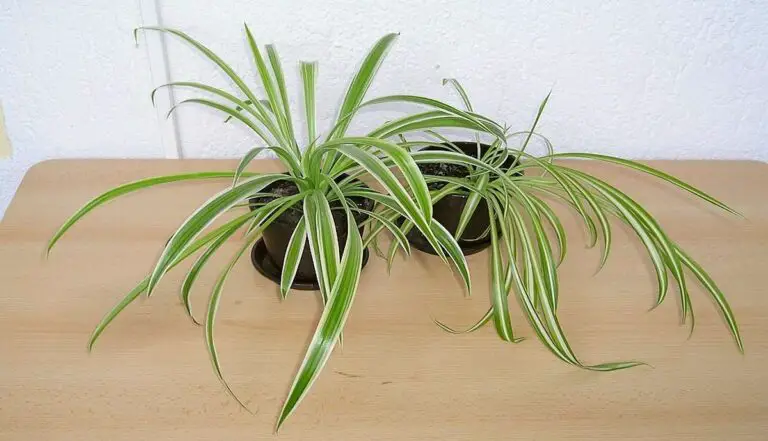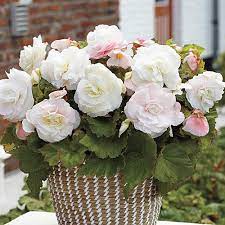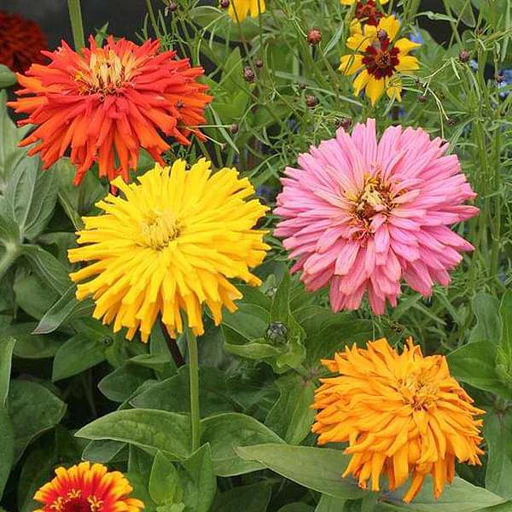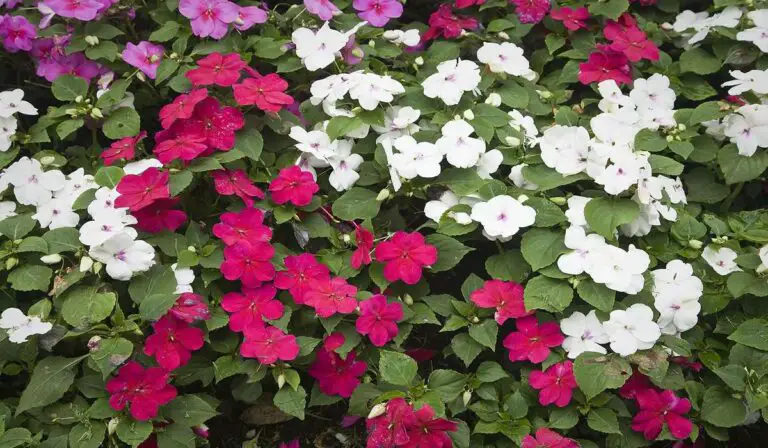Introduction
The ZZ plant (Zamioculcas zamiifolia) is a popular choice among indoor plant enthusiasts for its resilience and low-maintenance nature. However, even the hardiest plants can face issues, and one common problem ZZ plant owners encounter is leggy and leaning growth. In this article, we will explore the reasons behind these undesirable traits and provide practical solutions to bring your ZZ plant back to a healthy and upright state.
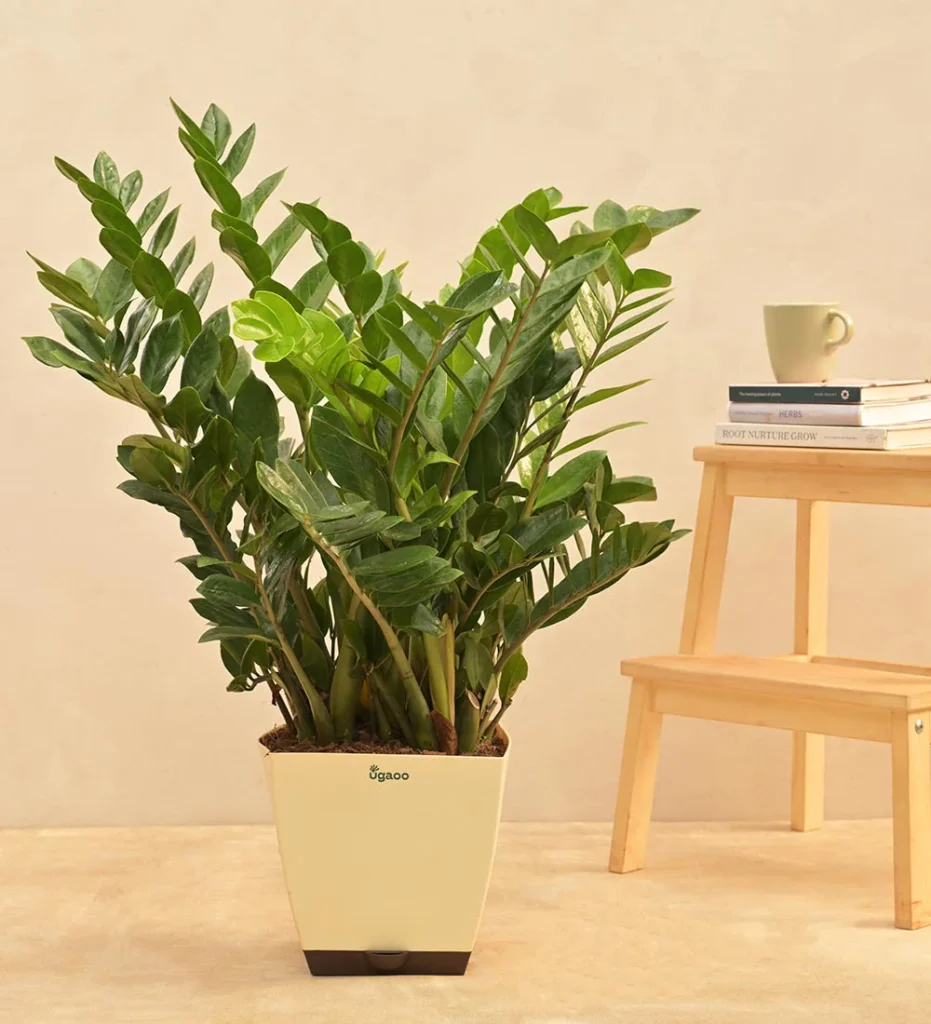
I. Introduction to ZZ Plant Leggy & Leaning
A. Brief Overview of ZZ Plant
The ZZ plant, native to Eastern Africa, is known for its glossy green leaves and ability to thrive in low-light conditions. It has become a favored choice for both homes and offices due to its air-purifying properties and minimal care requirements.
B. Definition of “Leggy” and “Leaning” in the Context of ZZ Plants
When a ZZ plant is described as “leggy,” it means it has elongated stems with fewer leaves. “Leaning” refers to the plant tilting to one side, losing its natural upright posture.
C. Importance of Maintaining a Healthy ZZ Plant
A healthy ZZ plant not only adds beauty to your space but also contributes to better air quality. Moreover, a well-maintained ZZ plant is better equipped to withstand environmental stressors and potential diseases.
D. Preview of Reasons for Leggy and Leaning ZZ Plants
Before we delve into the solutions, it’s essential to understand the factors that can lead to leggy and leaning growth in ZZ plants. Some of the primary reasons include insufficient light exposure, overwatering, nutrient deficiencies, and being root-bound.
II. Why ZZ Plants Become Leggy & Leaning
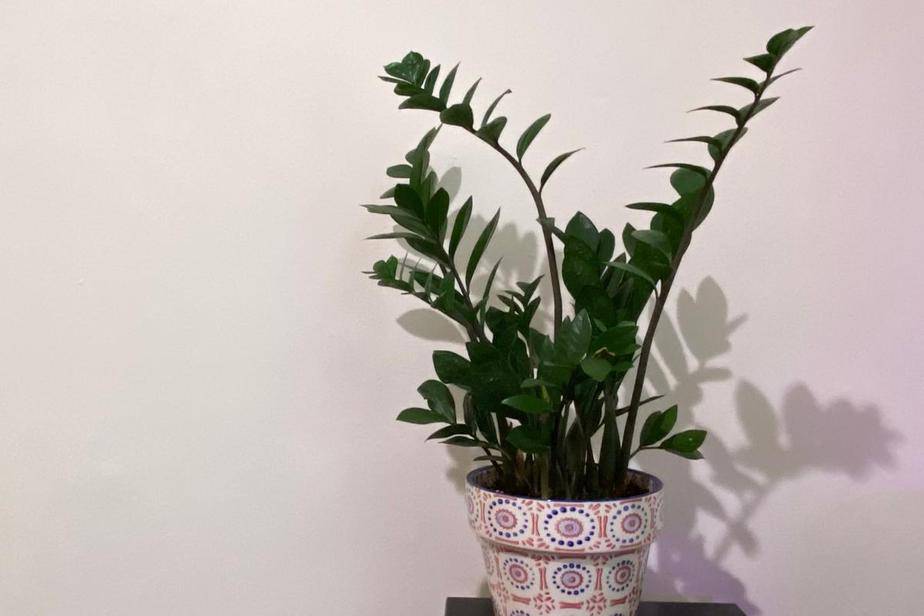
A. Insufficient Light Exposure
- Description of Ideal Light Conditions for ZZ Plants
ZZ plants prefer bright, indirect light, but they can tolerate low-light environments. However, extended periods of inadequate light can result in leggy growth.
- Effects of Low Light on Plant Growth
Without enough light, the plant’s ability to photosynthesize is compromised, leading to weak stems and elongated growth in search of more light.
- Signs of Leggy Growth Due to Inadequate Light
Look for stretched-out stems with wider gaps between leaves as telltale signs of inadequate light exposure.
B. Overwatering and Poor Drainage
- Importance of Proper Watering Practices
ZZ plants are drought-tolerant and dislike sitting in waterlogged soil. Proper watering is crucial to prevent root rot and other water-related issues.
- Consequences of Overwatering on ZZ Plants
Overwatering suffocates the roots and disrupts their ability to absorb nutrients, leading to weakened stems and potential leaning.
- How Excessive Water Affects Plant Stability
The excess weight of waterlogged soil can cause the plant to lean, unable to support itself.
More indoor plants
C. Lack of Nutrients
- Overview of Essential Nutrients for ZZ Plants
ZZ plants require essential nutrients like nitrogen, phosphorus, and potassium to thrive and maintain their structure.
- Symptoms of Nutrient Deficiencies
A lack of essential nutrients can manifest in yellowing leaves, stunted growth, and overall weakness in the plant.
- Impact of Nutrient Scarcity on Plant Structure
Nutrient deficiencies can result in spindly growth and compromised plant stability.
D. Root-Bound Condition
- Explanation of Root-Bound Situation
When a ZZ plant outgrows its pot, the roots become tangled and compacted, reducing their ability to absorb water and nutrients.
- Signs Indicating a Root-Bound ZZ Plant
Roots visibly growing out of drainage holes or encircling the rootball are indications of a root-bound condition.
- Relationship Between Root Health and Plant Posture
Root-bound ZZ plants struggle to take up water, leading to weakened stems and leaning.
III. How to Fix Leggy & Leaning ZZ Plants
A. Pruning and Trimming
- Identifying Which Parts to Prune
Trim away leggy stems and remove any damaged or diseased foliage to encourage new growth.
- Step-by-Step Pruning Technique
A careful and clean pruning technique helps the plant recover faster and reduces the risk of infection.
- Promoting Bushier Growth Through Trimming
Pinching off new growth at the tips encourages the ZZ plant to branch out, creating a denser and more compact appearance.
B. Adjusting Light Exposure
- Determining Suitable Light Levels for ZZ Plants
Find the right balance between light and shade to maintain a healthy ZZ plant structure.
- Relocating the Plant to a Better-Lit Area
If possible, move the ZZ plant to a location with more suitable light conditions.
- Supplementing With Artificial Light, if Necessary
In low-light settings, consider using grow lights to provide the plant with the necessary light spectrum.
C. Correcting Watering Habits
- Establishing a Proper Watering Schedule
Create a consistent watering routine based on the plant’s needs and the environment it’s in.
- Ensuring Adequate Drainage for the ZZ Plant
Use well-draining pots with drainage holes to prevent waterlogging.
- Tips to Avoid Overwatering or Underwatering
Pay attention to the plant’s water requirements and adjust the watering frequency accordingly.
D. Fertilization and Soil Amendments
- Choosing the Right Fertilizer for ZZ Plants
Select a balanced, water-soluble fertilizer suitable for houseplants.
- Guidelines for Fertilizing ZZ Plants
Follow recommended dosage instructions to avoid overfertilization.
- Enhancing Soil Quality to Support Healthy Growth
Amend the soil with organic matter to improve its nutrient-holding capacity.
E. Repotting the ZZ Plant
- Recognizing When Repotting is Necessary
When root-bound, repot the ZZ plant to provide it with more space for healthy root growth.
- Step-by-Step Guide to Repotting
A gentle repotting process helps minimize stress on the plant.
- Creating a Conducive Environment for Root Development
Use a suitable potting mix and ensure proper watering after repotting.
Low light indoor plants safe for cats
IV. Preventive Measures to Maintain Healthy ZZ Plants
A. Regular Monitoring and Care
- Importance of Consistent Plant Observation
Regularly inspect the ZZ plant for any signs of distress or abnormalities.
- Developing a Maintenance Routine
Establish a schedule for watering, fertilizing, and overall plant care.
- Identifying and Addressing Issues Promptly
Address any problems as soon as they are detected to prevent them from escalating.
B. Choosing Appropriate Potting Containers
- Selecting the Right Pot Size and Material
Choose a pot that provides sufficient space for the ZZ plant’s roots to grow.
- Benefits of Well-Designed Containers for ZZ Plants
Quality pots aid in proper drainage and aeration, promoting healthier root development.
- Considerations for Potting Mixtures
Use a well-balanced potting mix that allows for adequate water retention and drainage.
V. Conclusion
A. Recap of Reasons for ZZ Plant Leggy and Leaning
Various factors can contribute to leggy and leaning ZZ plants, such as insufficient light, overwatering, nutrient deficiencies, and root-bound conditions.
B. Importance of Proactive Care and Maintenance
Regular care and attention are crucial to maintaining a healthy ZZ plant with an upright and robust structure.
C. Final Tips to Ensure a Thriving ZZ Plant
Remember to provide adequate light, proper watering, necessary nutrients, and occasional pruning to keep your ZZ plant looking lush and vibrant.
By following these guidelines, you can restore your ZZ plant to its full glory, adding a touch of nature’s beauty to your indoor space for years to come. Happy gardening!


